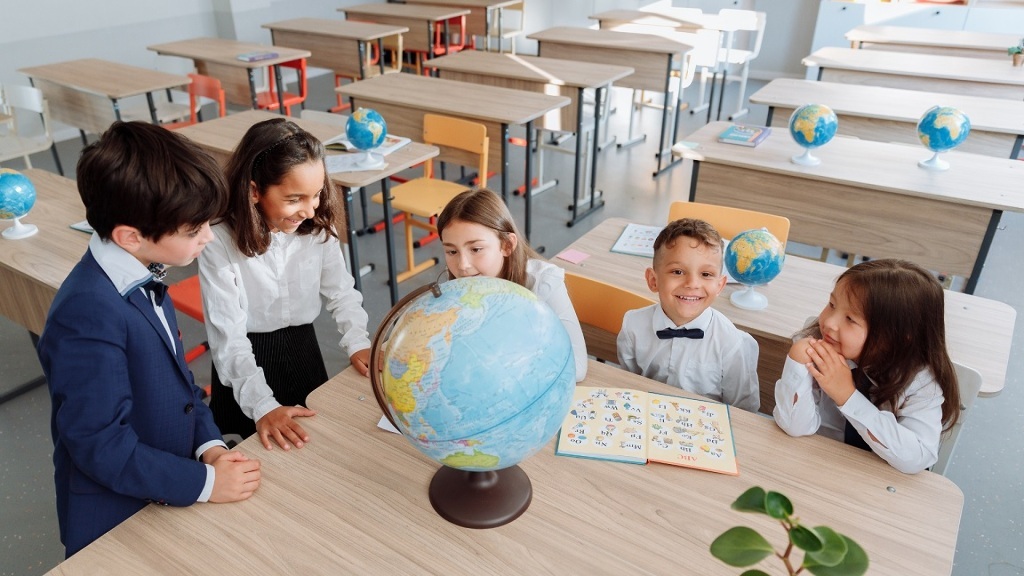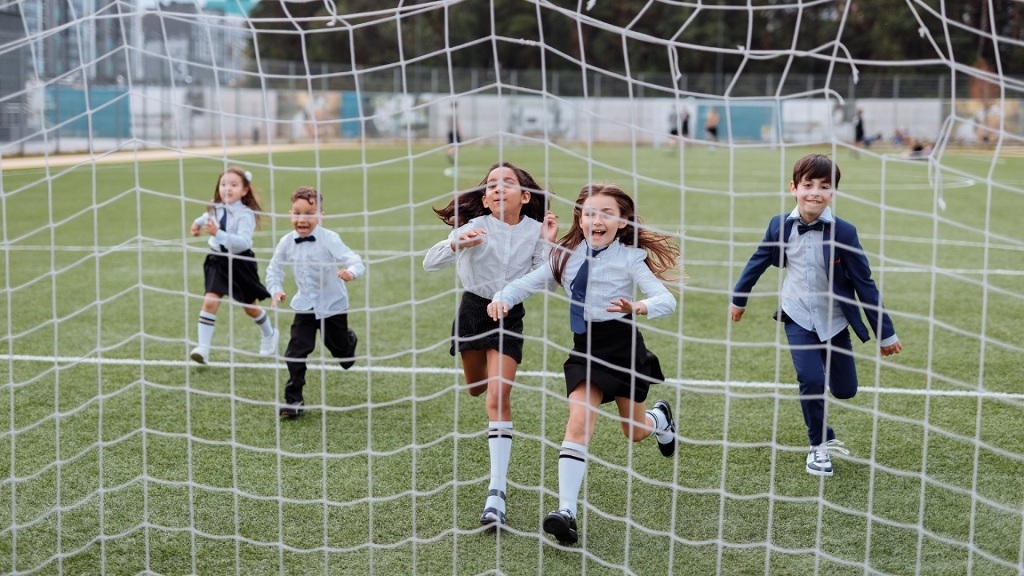2023 04/15
International Schools vs. Japanese Public Schools

Japan is a country renowned for its excellent education system, and many foreign families may be curious about the differences between Japanese public schools and international schools in Japan. While both offer quality education, there are some significant differences that parents should consider when choosing between them. In this article, we will be mainly focusing on elementary and junior high school levels to explore the differences between public schools and international schools, and what foreign families should keep in mind when taking their children to international schools.

1. Overview
Japanese Public Schools:
Japanese public schools are the most common type of school in Japan, and they are run by the government. These schools follow the Japanese curriculum and are attended by the majority of Japanese children. They are affordable and offer high-quality education, which ranks in the top ten worldwide every year.
However, foreign families with children who do not speak Japanese may find it challenging to enroll their children in Japanese public schools. The language barrier can be a significant hurdle, and children may struggle to keep up with their Japanese classmates. In addition, the teaching style in Japanese schools is often more traditional, with an emphasis on rote memorization, group-oriented learning, and encouragement of moral development.
International Schools:
International schools, on the other hand, cater to foreign families and offer an education in English or another foreign language. These schools follow a curriculum from their home country and often have smaller class sizes than Japanese public schools. They also offer a more diverse and multicultural environment.
On the other hand, international schools can be quite expensive, and the cost of tuition may be a significant consideration for many families. The application process can also be more competitive than public schools, and there may be additional requirements, such as entrance exams or interviews.

2. Key Differences
Japanese public schools and international schools have some differences in their school years, semesters, and school districts. In sum, public schools follow a Japanese standard school year and semester schedule, while international schools may follow a different schedule based on their home country's educational system. Public schools in Japan are assigned based on the student's residential address, while international schools are not tied to specific school districts, giving families more flexibility in their choice of school.
Japanese public schools and international schools have some differences in their school years, semesters, and school districts. In sum, public schools follow a Japanese standard school year and semester schedule, while international schools may follow a different schedule based on their home country's educational system. Public schools in Japan are assigned based on the student's residential address, while international schools are not tied to specific school districts, giving families more flexibility in their choice of school.
School Years:
In Japan, the school year begins in April and ends in March of the following year. Japanese public schools have a 6-year elementary school program and a 3-year junior high school program, totaling 9 years of compulsory education. Students can optionally attend a 3-year high school program as well. International schools in Japan may follow a different school year schedule, depending on their home country's educational system.
Semesters:
Japanese public schools have three semesters, with the first semester beginning in April and ending in late July, the second semester starting in early September and ending in late December, and the third semester starting in early January and ending in March. International schools in Japan may follow a different semester schedule, depending on their home country's educational system. For example, some international schools may have two semesters, while others may have three or four.
If you have kids in both international and Japanese schools, the biggest challenge can often be summer vacation, since most international schools are out for at least 10 weeks while Japanese schools mostly allow their students to have summer vacations for up to 40 days.
School Districts:
Japanese public schools are typically assigned based on the student's residential address. Each district has a designated elementary and junior high school that students are expected to attend. International schools in Japan are not tied to specific school districts and may be located in various parts of the country. Families are free to choose which international school they wish to enroll their child in, regardless of their residential address. This is because compared with Japanese public schools, international schools are more likely to provide their students with school shuttle bus services as one of the transportation options.

3. Things to Note When Taking Foreign Children to International Schools in Japan:
Language Support:
While international schools offer an education in English or another foreign language, it is essential to ensure that the school provides language support for children who are not yet fluent in the language of instruction. This support may include additional language classes, tutoring, or language immersion programs.
Curriculum:
International schools in Japan follow a curriculum from their home country, which may be different from the Japanese curriculum. Parents should thoroughly research the school's curriculum and ensure that it aligns with their goals for their child's education.
Parents should note that teaching styles can vary according to the country on which they are based, this is because that one of the main aims of most international schools is to let their students experience and be in line with the actual educational systems of their home country to a maximum extent, not only the curriculum standard but also the educational environment and ethnic values. For example, the American curriculum is generally known for being more flexible, encouraging individual choices, and cultivating independent and creative thinkers, while the UK education system’s highly structured and specialized curriculum promotes discipline and diligence.
School Culture:
International schools in Japan may have a different school culture than Japanese public schools. Parents should research the school's culture and ensure that it aligns with their values and beliefs. They should also consider the school's diversity and how well it supports students from various backgrounds.
Is the environment friendly, vibrant, and supportive? This is especially important for nurturing young children abroad. The international school should be a home away from home.
Parents are highly encouraged to actually visit the campus and enroll their children in trial lessons if possible.
Cost:
Finally, International schools in Japan can be expensive, and parents should consider the cost of tuition, as well as any additional fees, such as transportation, uniforms, and extracurricular activities. According to incomplete statistical data from 2022, the average tuition fee for international schools in the Tokyo and Yokohama area shows a reference range of JPY 2mil~2.5mil per year.

4. Final Note:
Choosing between Japanese public schools and international schools in Japan can be a challenging decision for foreign families. Both offer quality education, but the differences in language, curriculum, and school culture should be considered. When taking foreign children to international schools in Japan, parents should ensure that language support is provided, research the school's curriculum and culture, and consider the cost of tuition and additional fees. Ultimately, the decision should be based on the individual needs and goals of the family and their child.